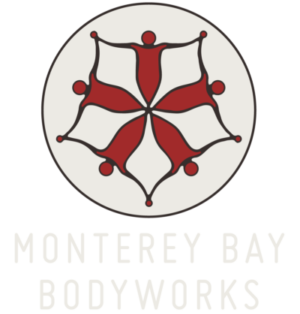Massage therapy is increasingly being embraced as an alternative medical treatment.
For more than a decade, Bill Cook has gotten a weekly massage. He isn’t a professional athlete. He didn’t receive a lifetime gift certificate to a spa.
Nor is the procedure a mere indulgence, he says – it’s medicinal.
In 2002, Cook – a 58-year-old resident of Hudson, Wisconsin, who once worked in marketing – was diagnosed with a rare illness. He had cardiac sarcoidosis, a condition in which clusters of white blood cells coagulate together and react against a foreign substance in the body, scarring the heart in the process. The disease damaged his heart so badly it went into failure. The doctors said there was nothing they could do, and Cook’s name was put on an organ transplant waiting list.
The wait stretched on for more than a decade. “I probably had the heart capacity of an 80-year-old,” recalls Cook, who was given medication and a pacemaker yet still struggled daily with his sickness. “It wasn’t pushing the blood out to my extremities because it was so weak. It got worse and worse, and I started to look for anything I could find to help my circulation.”
Cook’s cardiologist suggested he try massage therapy. Though he was initially skeptical, Cook – whose son is a physician – says his doubts vanished after several appointments.
“It really helped the circulation to my fingers, toes and legs,” he says. “I kept with it because I saw some pretty significant benefits.” Today, Cook credits the massages – along with stress reduction and a healthy diet – with allowing him to stay healthy and physically active until he finally received his new heart in 2013.
Studies suggest Cook’s cardiologist was onto something – massage does indeed enhance blood flow and improve general circulation. And experts agree it yields additional benefits, too, ranging from the mental to the physical.
Once viewed as a luxury, massage is increasingly recognized as an alternative medical treatment. According to a recent consumer survey sponsored by the American Massage Therapy Association, 77 percent of respondents said their primary reason for receiving a massage in the past year was medical or stress-related. Perhaps it’s not surprising, then, that medical centers nationwide now offer massage as a form of patient treatment. The American Hospital Association recently surveyed 1,007 hospitals about their use of complementary and alternative medicine therapies, and more than 80 percent said they offered massage therapy. Upwards of 70 percent said they used massage for pain management and relief.
“The medical community is more accepting of massage therapy than ever before,” says Jerrilyn Cambron, board president of the Massage Therapy Foundation. “Many massage therapists now have active, fruitful relationships with conventional care providers.”
Should you integrate massage therapy into your wellness routine? Consider the practice’s advantages, along with advice on how to make the most out of your appointment:
How Massage Works
There are myriad massage techniques, as well as ways to receive it. Sometimes the massage therapist’s touch will be deep; other times, light. You may keep your clothes on and sit in a chair, or lay unclothed on a table underneath a sheet. The massage could last for a few minutes or an hour. Occasionally it’ll be a full body massage; other times the massage therapist will focus on an isolated muscle group.
However, all massages boil down to the same thing: the therapeutic manipulation of the body’s soft tissues using a series of pressured movements. A massage therapist uses his or her hands, elbows, fingers, knees or forearms to administer touches ranging from light strokes to deep kneading motions. Occasionally, therapists will also use a massage device.
Most people agree massage feels good. But does science support the notion that it’s good for you?
“We do not yet have a complete understanding of what happens physiologically during massage or why it works,” Cambron says. But a recent study published in the journal Science Translational Medicine suggests massage reduces the body’s production of cytokines – proteins that contribute to inflammation. Massage therapy was also shown to stimulate mitochondria, the energy-producing units in cells that aid in cell function and repair.
Plus, massage is thought to reduce cortisol levels and regulate the body’s sympathetic nervous system – both of which go haywire when you’re stressed, says Lisa Corbin, an associate professor at University of Colorado School of Medicine’s Division of General Internal Medicine.
